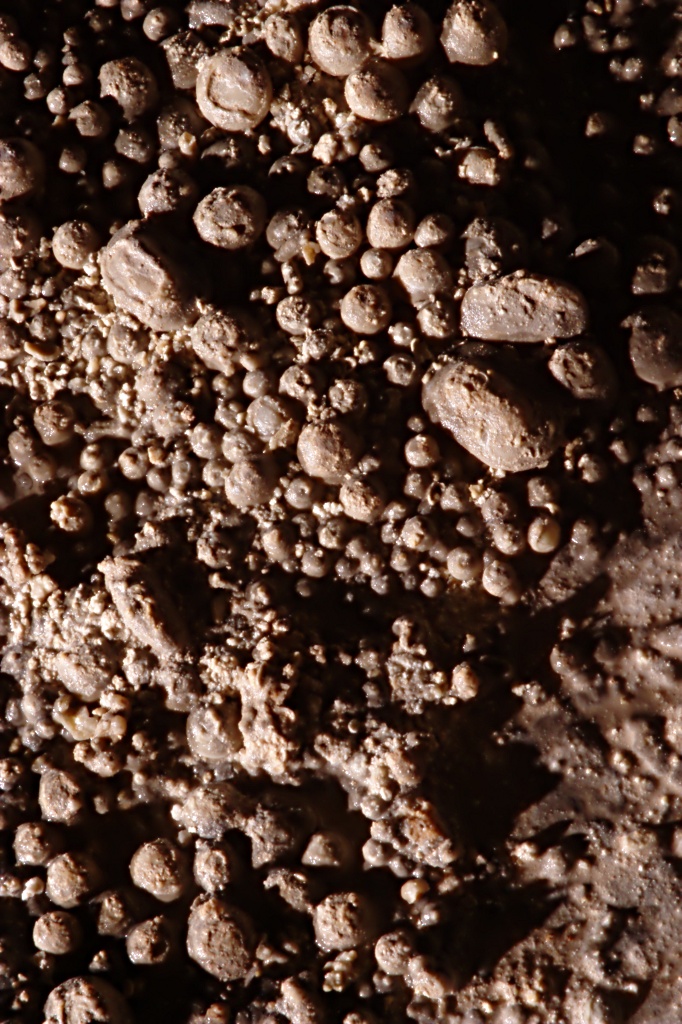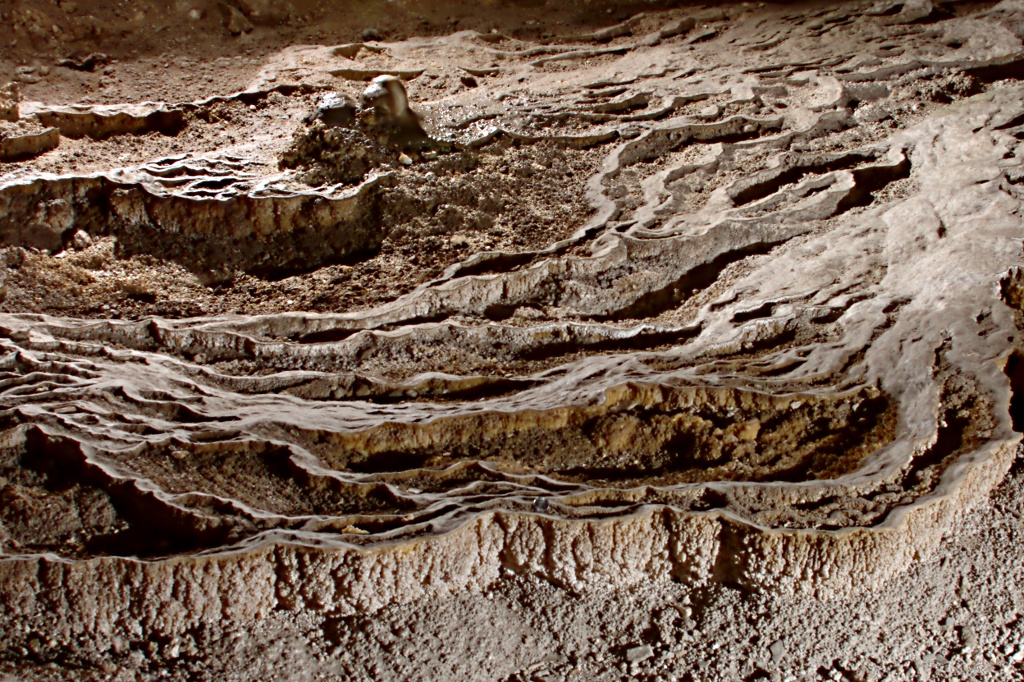I am not the first to write about the distinction between hard and soft light. However, I recently prepared (and gave) a talk for the 2011 National Speleological Society (NSS) convention, and I learned a bit in doing the preparation for the talk. The results for this will be spread across a few blog entries to keep each one tight and on a specific topic. As I finish them, I will link them all together.
First, definitions. Hard light is light that has sharp edges to the shadows. It comes from a small light source or a large one far from the subject. Most speedlite/speedlight flash units are relatively small light sources. The sun is large, but it is far away, so it also is a hard light source, especially near noon.
Hard light is good for showing textures and fine details. This is great for photos like geological features, but few people want every last blemish and wrinkle highlighted in the photo unless it is to show character as in this example.

Young people, such as this lovely young woman, can also take hard light because they have great skin.

Shadows in hard light tend to be dark with few details. The high contrast can create a moody image that can be dramatic. Film noir movies are classic examples of this type of lighting.
You can also soften hard light by using a second (and possibly more) light source. If you have no modification devices that soften the light, this approach alone might be sufficient. Position the extra light(s) so they fill the deep shadows. I normally set the second light to be about a stop darker than the primary light, but the exact ratio depends on the situation.

To summarize this blog entry, hard light comes from a small light source and produces high-contrast images with dark, well-defined shadows. Sometimes, it is exactly what you need to set the mood of an image.